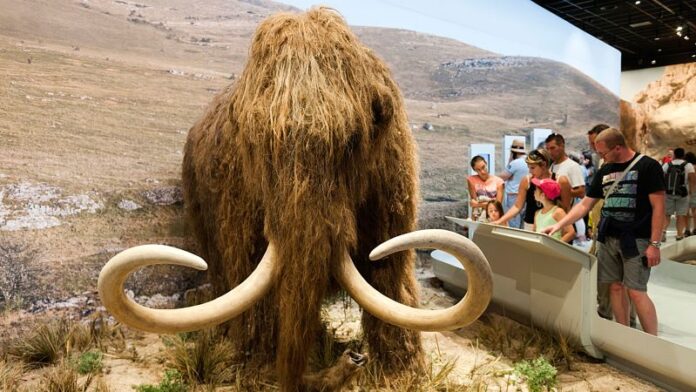## Back from the Brink? Scientists Say De-Extinction is Closer Than Ever Imagine a world where the majestic woolly mammoth roams the tundra once again, or the dodo bird takes flight in its native Mauritius. Sounds like science fiction, right? Well, a groundbreaking new development by scientists has many wondering if this fantastical vision might become reality sooner than we think. CNN reports that researchers are tantalizingly close to bringing back a lost species, sparking a heated debate: is the age of de-extinction finally upon us? Join us as we delve into this fascinating, and ethically complex, scientific frontier.
A Mammoth Undertaking: The Science Behind De-Extinction
Genetic Engineering: Rewriting the Code of Life
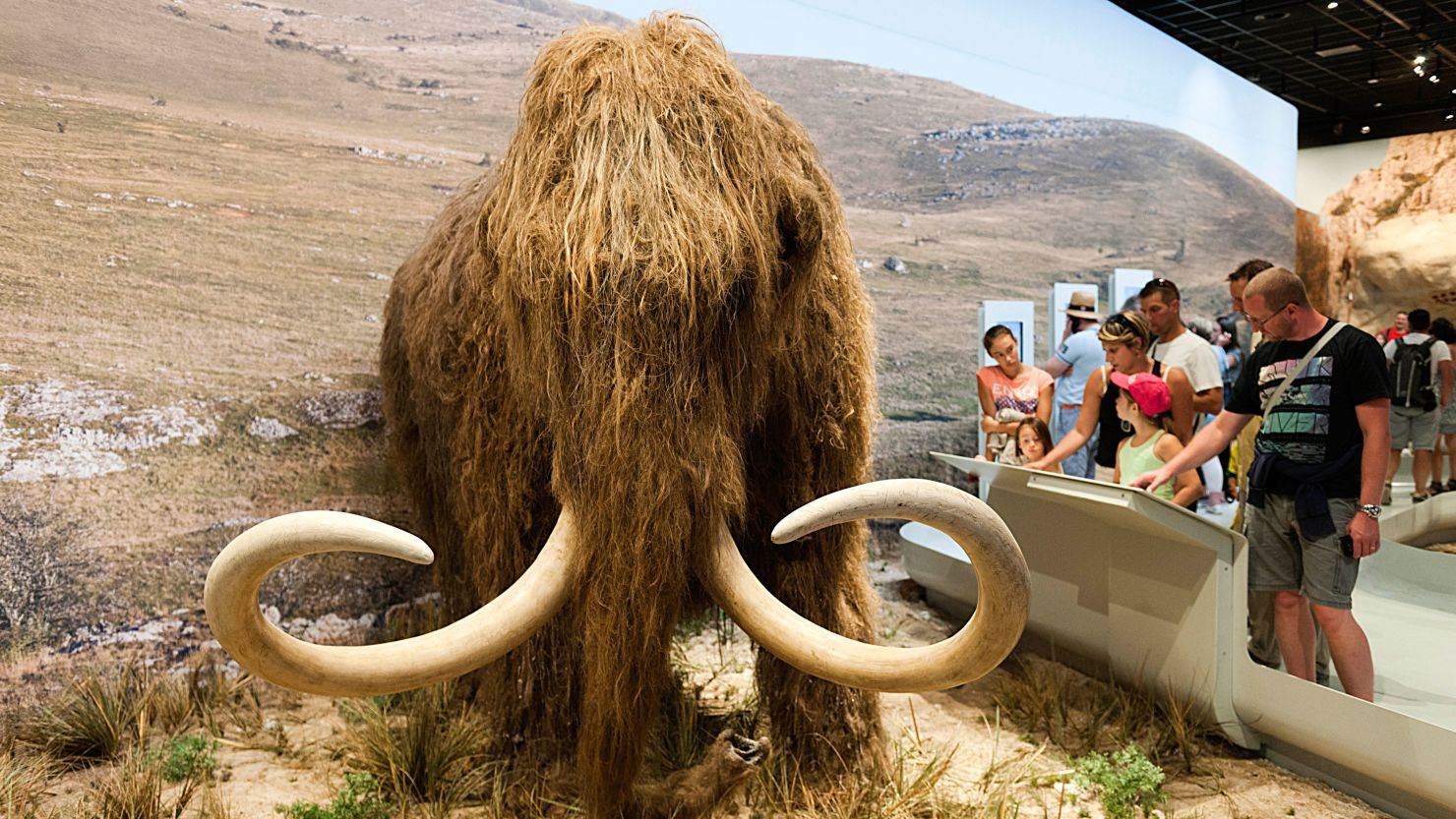
At the heart of de-extinction lies groundbreaking advancements in gene editing, particularly CRISPR-Cas9. This revolutionary technology allows scientists to precisely target and alter DNA sequences, effectively rewriting the code of life. CRISPR acts like a molecular scalpel, enabling researchers to insert, delete, or modify specific genes with unprecedented accuracy.
Imagine a scenario where a scientist wants to introduce the gene for thick fur into an Asian elephant genome. Using CRISPR, they could pinpoint the exact location in the elephant’s DNA where the fur gene should be inserted, effectively programming the animal with the desired trait.
The Elephant-Mammoth Hybrid
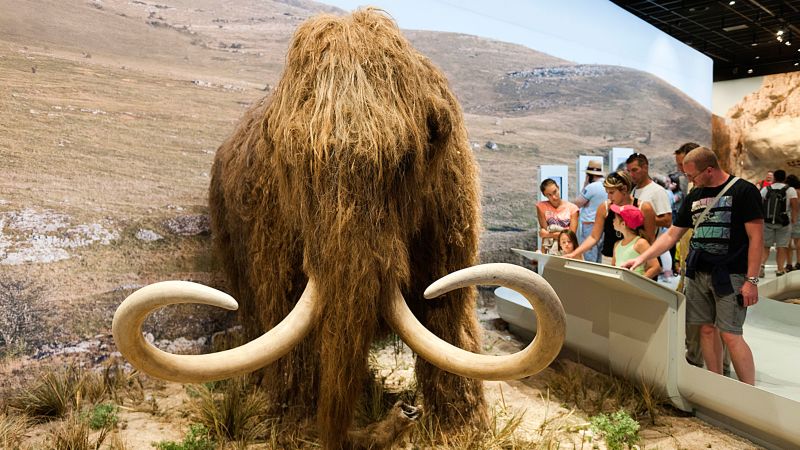
Scientists are pursuing a bold plan to create a hybrid creature that combines the genetic traits of the Asian elephant and the woolly mammoth. This ambitious project aims to resurrect the mammoth, not through cloning, which is impossible with fragmented DNA, but by genetically modifying existing elephants.
The genetic modifications required for this hybrid are extensive. Researchers need to introduce a suite of mammoth-specific genes into the elephant genome, including:
- Genes responsible for thick fur
- Genes for a layer of insulating fat
- Genes for smaller ears to conserve heat in the cold
Scientists are also exploring the possibility of engineering the hybrid to lack tusks, mitigating the risk of poaching.
Challenges and Ethical Considerations
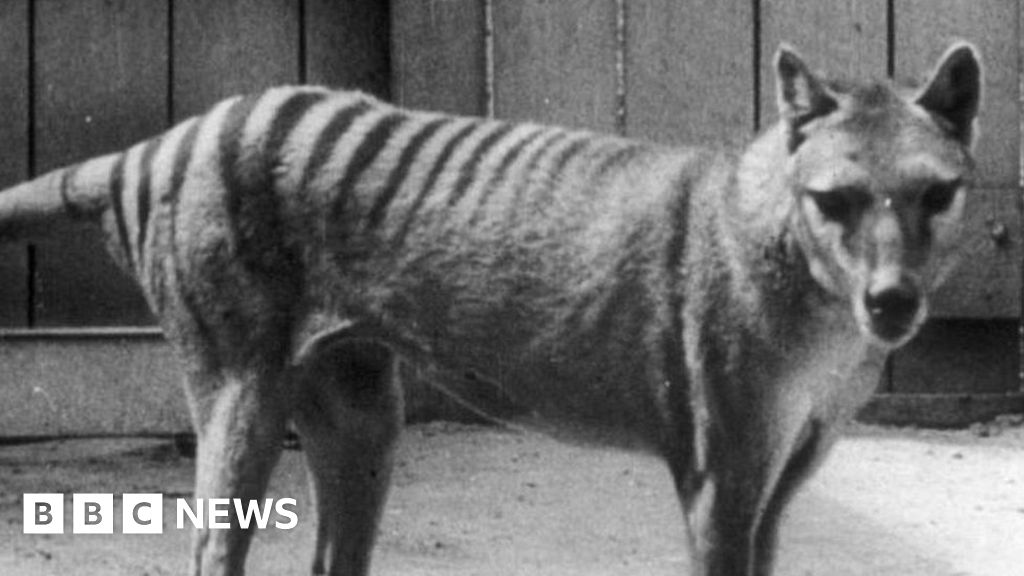
Despite the progress in gene editing, de-extinction faces significant technical and ethical hurdles.
The fragmented nature of mammoth DNA poses a major challenge. Scientists must work with incomplete genetic blueprints, requiring sophisticated computational techniques to fill in the gaps and reconstruct the missing pieces.
Furthermore, replicating the complex interplay of genes that contribute to a species’ unique traits is a daunting task. Even with a complete genetic map, understanding how genes interact and influence an organism’s development is a monumental scientific challenge.
The ethical implications of de-extinction are profound. Critics argue that resources should be focused on protecting existing endangered species rather than resurrecting extinct ones. There are also concerns about the potential impact of reintroducing extinct animals into ecosystems, which may have undergone significant changes in their absence.
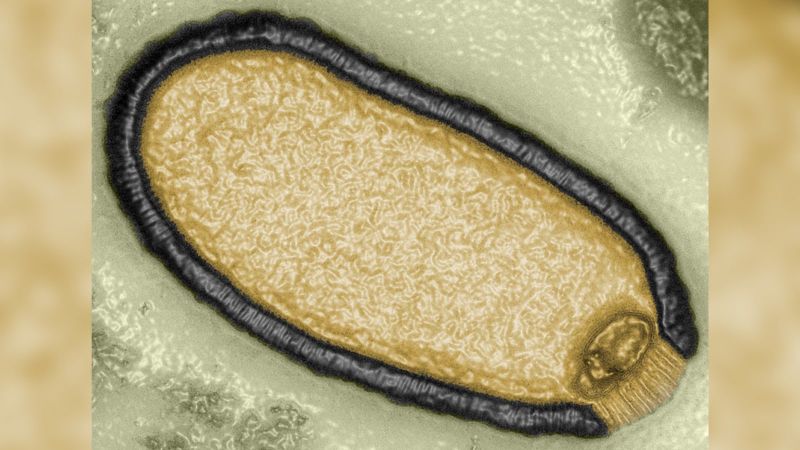
A Frozen Past, A Fragile Future: The Potential Benefits and Risks
Restoring the Arctic Tundra
One proposed benefit of de-extinction is the potential to restore the degraded Arctic tundra ecosystem. Woolly mammoths played a crucial role in shaping this unique environment, their grazing habits contributing to the maintenance of grasslands and preventing the encroachment of trees.
Imagine introducing a herd of mammoth-elephant hybrids into the Arctic. Their grazing could help reintroduce the open grassland habitat, sequester carbon from the atmosphere, and support other species that rely on this ecosystem.
Combatting Climate Change
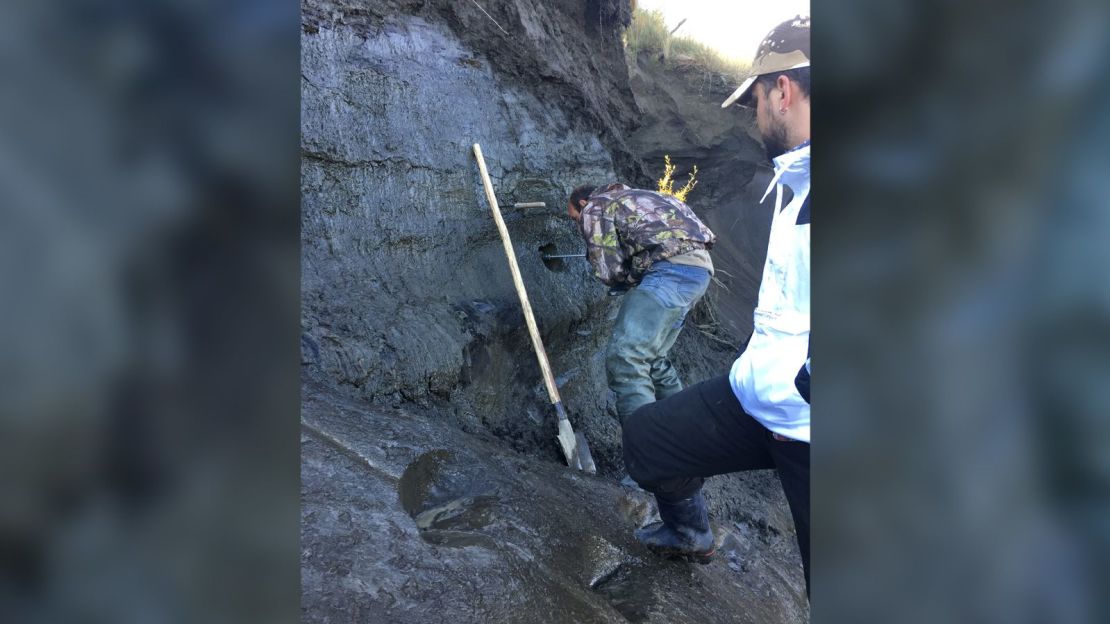
The Arctic tundra is a vital carbon sink, absorbing significant amounts of atmospheric carbon dioxide. However, climate change is thawing the permafrost, releasing vast amounts of stored carbon and accelerating global warming.
Reintroducing mammoth-elephant hybrids could potentially help mitigate this problem. Their grazing and trampling habits could enhance carbon sequestration in the soil, helping to restore the tundra’s ability to absorb carbon dioxide.
Conservation Implications

De-extinction raises complex questions about conservation priorities. Should resources be directed towards bringing back extinct species, or should the focus remain on protecting endangered species that are currently at risk?
There is a risk that de-extinction could divert attention and funding away from vital conservation efforts for existing biodiversity. It’s crucial to ensure that de-extinction initiatives complement, rather than compete with, traditional conservation strategies.
Beyond the Mammoth: A Glimpse into the Future of De-Extinction
The Tasmanian Tiger Revival
Scientists are making strides towards reviving another iconic extinct mammal — the Tasmanian tiger, also known as the thylacine. This marsupial, native to Australia, was hunted to extinction in the 20th century.
Researchers are exploring the use of gene editing and stem cell technology to recreate the thylacine from preserved DNA samples. The goal is to introduce the resurrected species into a carefully managed environment, allowing them to reestablish a population.
Resurrecting “Zombie” Viruses
The thawing permafrost is not only releasing ancient DNA but also potentially dangerous viruses that have been dormant for millennia. Some scientists believe that reviving these “zombie viruses” could be a valuable tool for understanding past pandemics and developing new antiviral therapies.
However, there are significant risks associated with resurrecting these ancient pathogens. Researchers must proceed with extreme caution to prevent the accidental release of potentially deadly viruses.
The Dawn of a New Era
De-extinction is a rapidly evolving field with the potential to reshape our understanding of life, history, and the environment. While the ethical and scientific challenges are significant, the potential benefits are equally profound. As technology continues to advance, we may see de-extinction move from science fiction to reality, ushering in a new era of ecological restoration and scientific discovery.
Conclusion
safe

